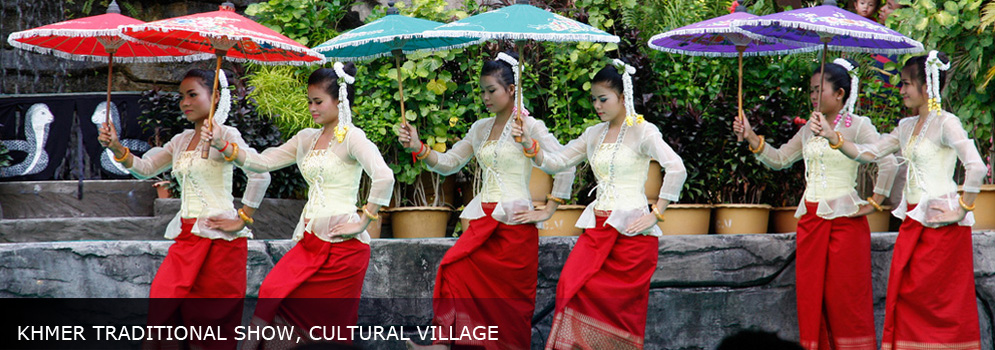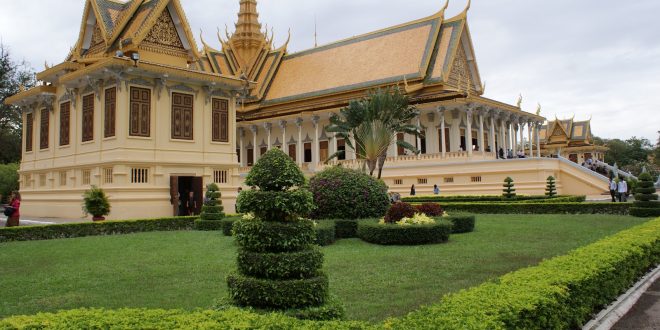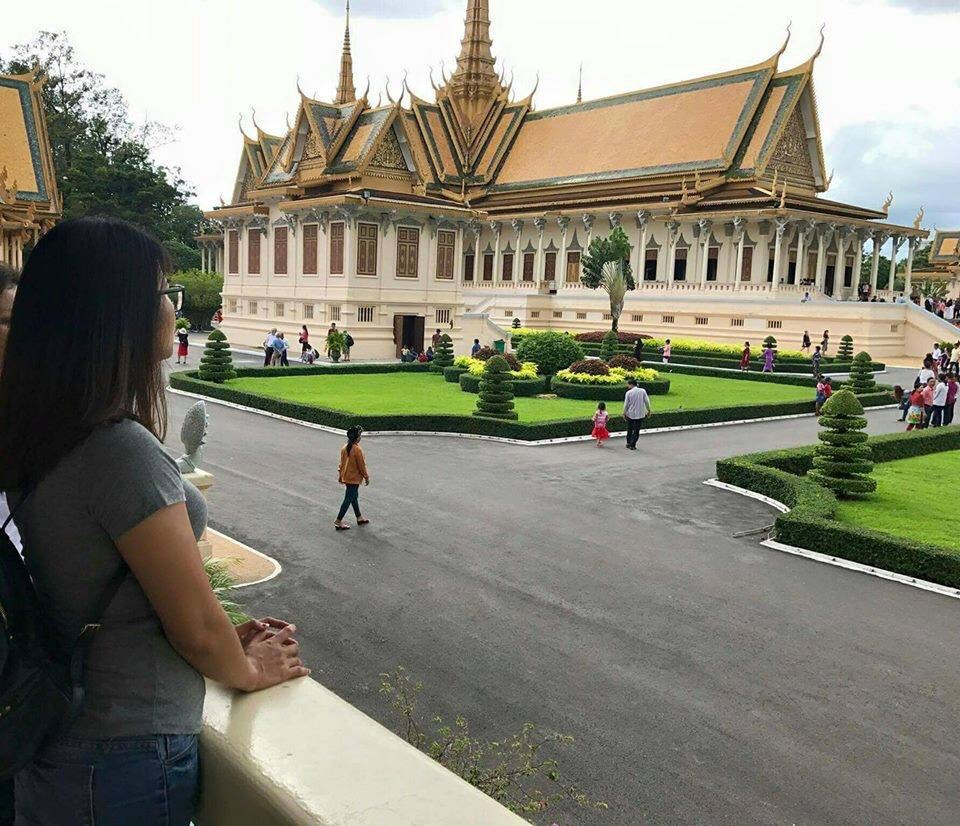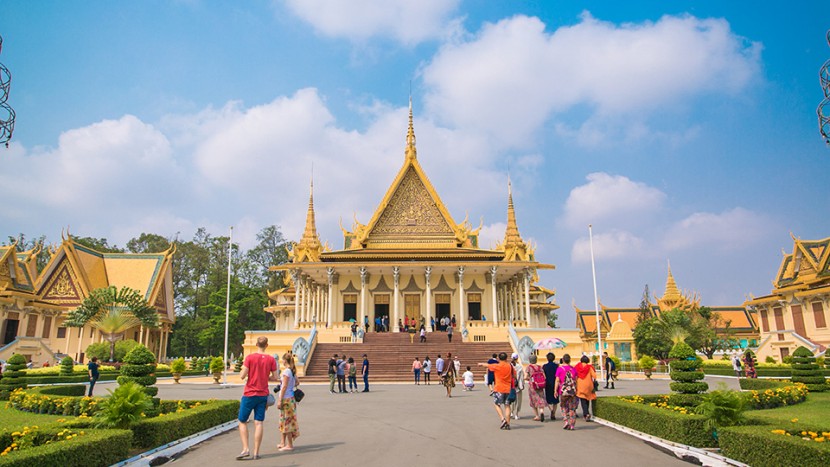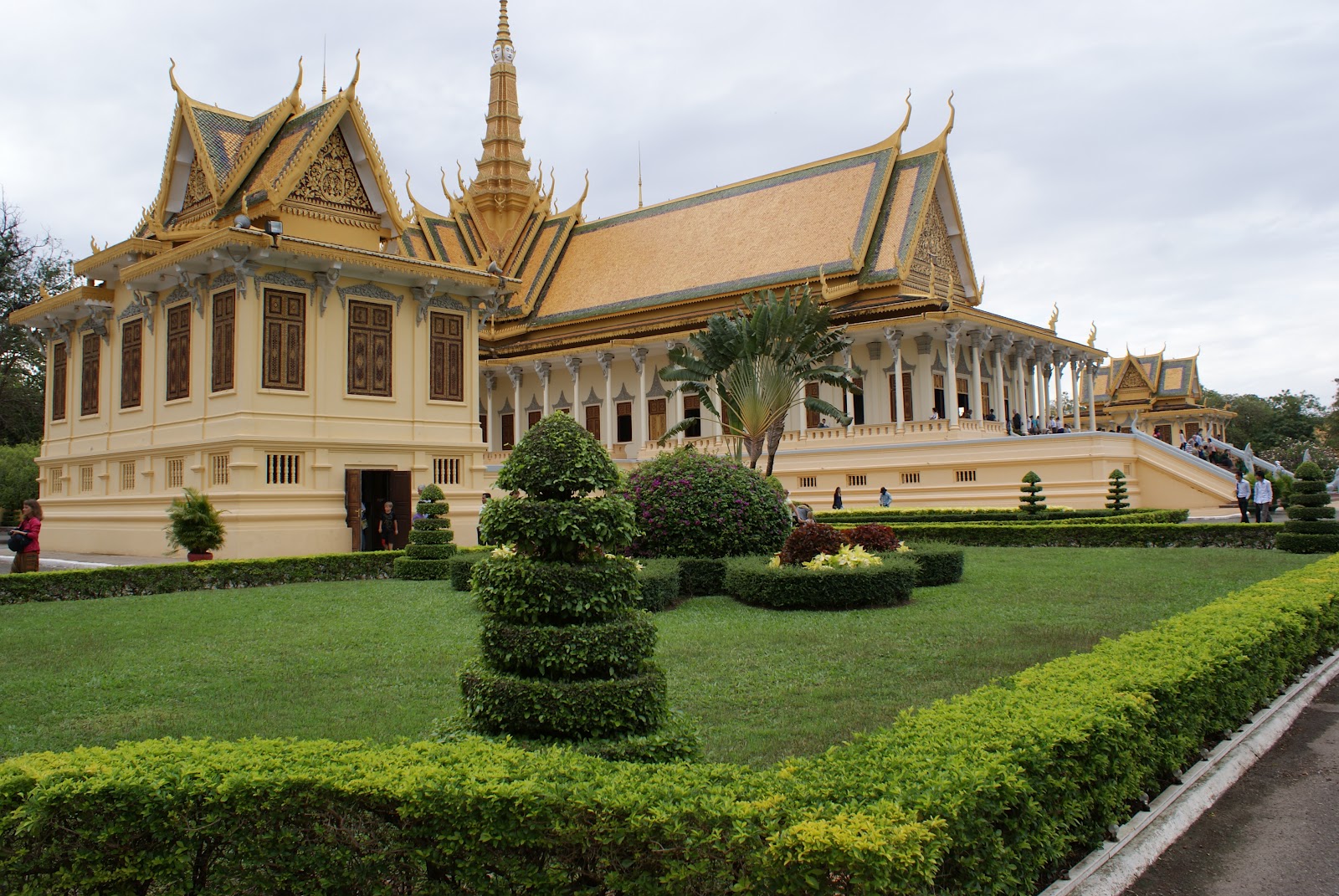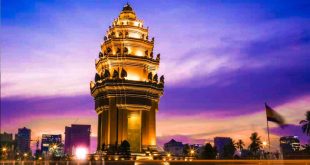Halal Tourism (Cambodia)
Phnom Penh, March 20th, 2023 —
The Cambodian capital city of Phnom Penh contains the Royal Palace in its center. The palace, one of the city’s most recognizable buildings, is the King of Cambodia’s official residence and contains a throne and other priceless artifacts inside inside a lavishly constructed complex. It is one of the biggest attractions in Siem Reap for tourists looking to experience the splendor of Cambodian royalty, despite the fact that just a small portion of it is open to the general public.
Royal Palace History & Significance
As the capital was moved to Phnom Penh in the year 1886, King Norodom built the Royal Palace complex. The entire building, including the architects, designers, and support from the Thai and French administrators, was finished right before World War I. It is situated where Siem Reap’s historic town had existed. The King’s ministers and astrologers selected this spot based on his horoscope. It was customary to view kings as the progenitors of gods. Because of this, the King’s ability to dominate the country and the populace depended on this place.
Architecture
The Pavilion of Dancers is located on Samdech Sothearos Boulevard, which also serves as the entrance to the palace’s main gate. The Throne Hall, which stands to the left of the entry, is one of the Royal Palace’s principal draws. A center tower in this ornately adorned room is modeled by the well-known Bayon structure in Cambodia. The four faces of the 59-meter-tall tower are covered in a pavilion with golden-colored tiles that sparkle at night. Meetings with foreign dignitaries, official government functions, religious and royal cultural events, and coronations all take place in the Throne Hall. Naga balustrades, a classic Cambodian architectural feature, are used to embellish the stairway leading to the hall.
The well-known iron Napoleon III Pavilion, a gift from French officer Napoleon III to King Norodom, is located to the south of the Throne Hall. Open-air Chaya, commonly known as the dancing pavilion, is the other well-known pavilion.
It served as a stage for traditional Khmer dance performances for the royal families before being converted into a platform for the King to see parades and celebrations. The royal family still uses it now for special gatherings, festivities, and meetings. This location is decorated and lit for holidays and other noteworthy occasions. Even now, the pavilion is lit up at times throughout the evening. French architecture can be seen in the complex’s gardens and a few minor buildings.
Depending on the season, only the royal hall and a select few structures are accessible to visitors. Also, there are guided excursions that may be taken in Khmer, English, French, Malayu, Arabic or German.
